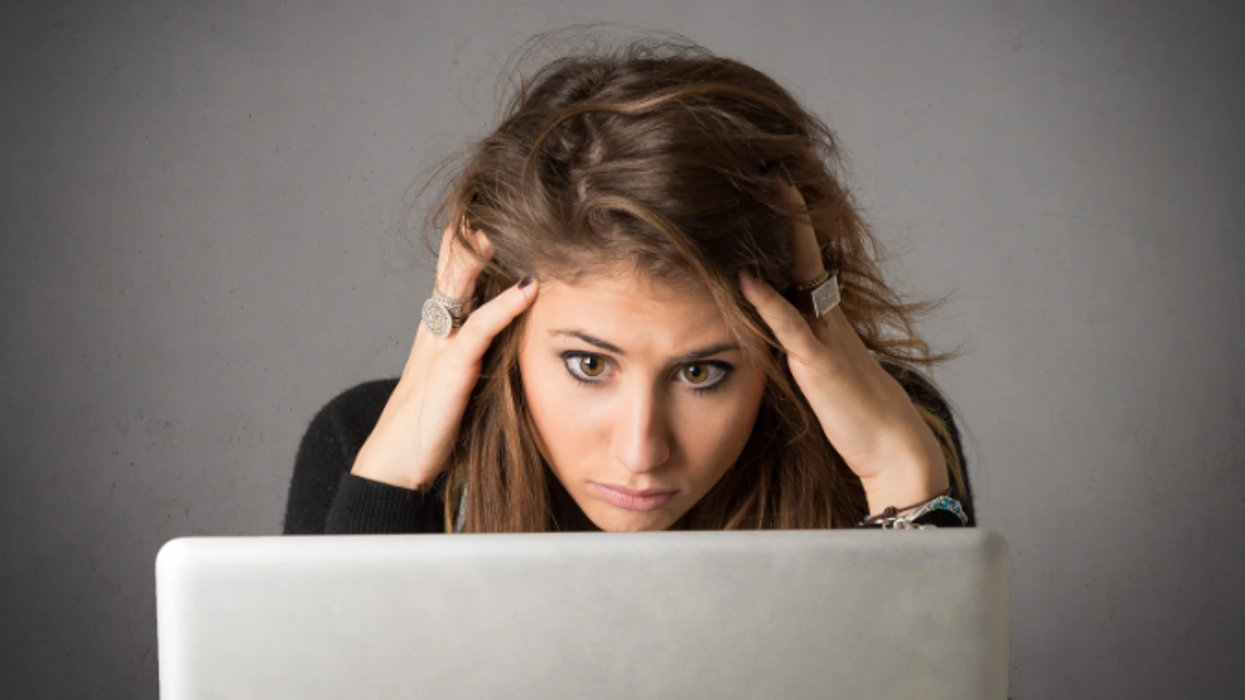The steep staircase in Highbridge, Bronx, looks easy enough to climb. Unless you have to do it every day to get home or 119 steps suddenly appear at mile four of an already uphill run. Then, the top of this iconic step street, connecting Jerome and Anderson Avenues at what feels like a 90-degree angle, looks painfully far away. For New Yorkers in Bronx Sole, the Tuesday night open running club that combines community exercise with a curated exploration of the borough’s beauty, grit, and riveting history, the staircase is a reminder that the city’s verticality isn’t limited to its skyscrapers.
The Bronx often elicits fierce pride from those who were born and raised there and sometimes confusion from people who weren’t. Unique among New York City’s five boroughs, the Bronx is the only one attached to the mainland. At 42 square miles, geographically it’s the size of Paris. The third most densely populated county in the U.S., its 1.5 million residents speak dozens of languages and hail from all seven continents (if, as one beloved wag says, you count the penguins in the Bronx Zoo). For all its congestion, open space makes up a quarter of the borough. Pelham Bay Park, the city’s largest, is three times the size of Central Park. The Bronx is known as the birthplace of hip-hop. It’s home to top-tier universities and museums and alive with vibrant immigrant communities and championship sports teams.
Statistically, though, it’s the least healthy county in New York state — which is what prompted residents Justin Mashia and Pedro Rivera to create Bronx Sole.
“I was talking about starting a running group, but I was recovering from a back injury, so it wasn’t realistic,” says Mashia, a Bronx transplant from Portland, Oregon, who works in television news. “Then a friend sent me that report.” That report, the County Health Rankings and Roadmaps, is a partnership of the Robert Wood Johnson Foundation and the University of Wisconsin Population Health Institute, which since 2010 has measured and ranked the health of nearly all the counties in the U.S. With high rates of obesity and diabetes, a childhood poverty rate that’s almost double the rest of New York, low high school graduation rates and high unemployment rates, the Bronx has annually ranked last among New York State’s 62 counties.
“I read that and thought, ‘I like it here, I don’t want to live anywhere else but here, and we’re the unhealthiest?’ It was like being stamped with this thing,” Mashia recalls. Rivera, a Bronx native and history buff, introduced him to walking tours of the borough. He’d initially rejected Mashia’s idea of combining running and Bronx history. Now, though, he shot back: “I thought you were going to start that club.”
Lloyd Ultan, Bronx Borough Historian and a history professor at Fairleigh Dickinson University, says that the image of the Bronx has always been behind the reality. For much of the 20th century, its image was that of a working and middle-class borough for waves of immigrants. Work was plentiful. By the 1970s, a perfect storm of economic, social, and political forces — the loss of manufacturing jobs, a decaying housing stock, fiscal crises, and institutional neglect — devastated New York City neighborhoods, particularly in the Bronx, which famously burned. In 1977, Jimmy Carter’s trip to the Bronx rocked the country. “At Charlotte Street, he gets out and walks on block after block after block of rubble, and the press traveling with him gets it on the front pages of newspapers all over the world,” Ultan says. The same week, a Goodyear blimp broadcasting the World Series drifted past Yankee Stadium and its cameras fell on a building burning in the darkness. That image of a borough in flames shocked millions of viewers tuned in to the game.
“Fort Apache, The Bronx,” the 1981 Hollywood film that notoriously depicted a police precinct in a lawless 1970s South Bronx, may have been the coup de grace. “The neighborhood objected to the film’s depiction of blacks and Puerto Ricans as prostitutes and drug pushers,” says Ultan. “The disclaimer that ran at the start of the film said ‘This is a work of fiction. There are decent people that live here.’ But I defy anyone by the end of that movie to remember the disclaimer in the beginning. ‘Fort Apache’ really seared the Bronx in there, so much so, that in much of the world, there are lots of people who think the borough is still the way it was in 1977.”
Rivera and Mashia met in 2015 at a Nike-sponsored workout. Each had started running for different reasons. Mashia ran indoors. “I was a treadmill runner. I didn’t see the point in outdoor running. I thought it was boring. On the treadmill, I controlled everything: the environment and the speed.” Rivera began running after briefly sparring with a pro boxer at John’s Boxing Gym, a legendary Bronx gym that trains city kids and Golden Glove winners. “After 30 seconds, I couldn’t pick up my arms,” Rivera says, laughing. “I woke up the next morning with whiplash, that’s how many times he hit me. I said, ‘What the hell?’ That’s when I got an app and started running on my own.”
Mashia excluded experienced runners from Bronx Sole’s first runs last September. “My focus is on the community. If I’m trying to get people to get off their couches to come outside and run, I don’t want them to be intimidated. You don’t want people coming out and dying, while everybody else is running with ease. They’re not going to come back.”
In the ensuing months, runners at all fitness levels learned, in three-to-seven-mile runs, which Bronx ice factory was at one time the largest in the world. They ran to the High Bridge, the city’s oldest standing bridge, and to the landmarked Banknote building in Hunts Point, where one employee was paid to try to counterfeit money. At an intersection near Willis Avenue, they heard about the artists’ colony that existed there in the 1890s. A recent run was pegged to locations from the Netflix series, “The Get Down.”
“I have a huge sense of Bronx pride,” says Denise Herrera, a schoolteacher who began running with the group this spring and who grew up not far from where Bronx Sole gathers on the Grand Concourse every Tuesday night. “It’s nice to see people cheering us on and the kids that chase us. I have the motivation to work out on my own, but it’s a different type of high when you’re running with other people. Even when you’re tired, you’re inspired when you see runners just pushing through. With Bronx Sole, you’re laughing while you’re waiting to run, while you’re running, and when you’re done.”
Between runs, Bronx Sole uses Instagram and Facebook to inspire Bronxites to invest in their neighborhoods, to join park cleanups and attend community board meetings. To participate fully in the political process — all as the Bronx undergoes plate-shifting change. Developers of luxury properties and renters priced out of Manhattan and Brooklyn are descending on this borough, one that’s only a few subway stops uptown. Their arrival means displacement for lifelong Bronx residents.
An email this week from the Robert Wood Johnson Foundation noted that while the Bronx was still in last place in their health rankings, there have been “tremendous gains.” 2017’s County Health Rankings saw a reduction in the borough’s premature death rate. Two years ago, the Bronx won the RWJF Culture of Health Prize, awarded to communities that are “committed to pursuing innovative ideas, leveraging their unique strengths, and bringing partners together to ensure good health flourishes for everyone.” The #not62 campaign launched by Bronx borough president Rubén Díaz Jr., local hospitals, and community groups, continues to push the Bronx toward better health.
And Bronx Sole continues to run. “We teach Bronx history,” says Mashia, “but now we’re part of it too.”











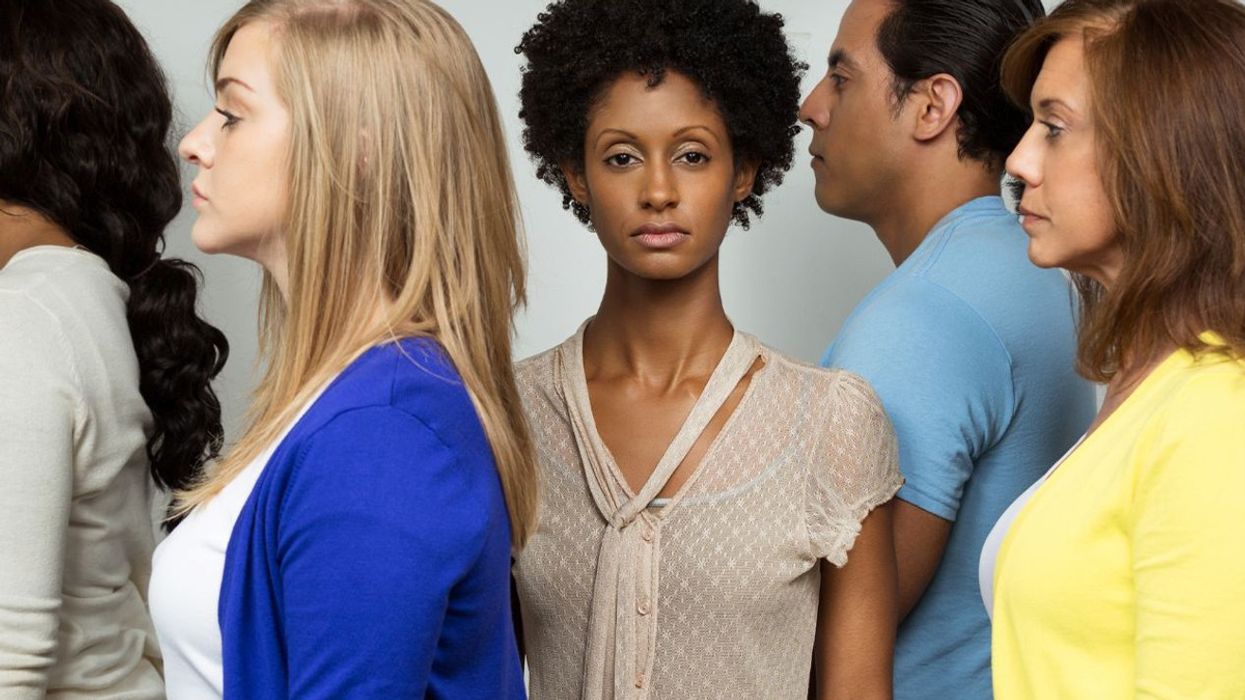
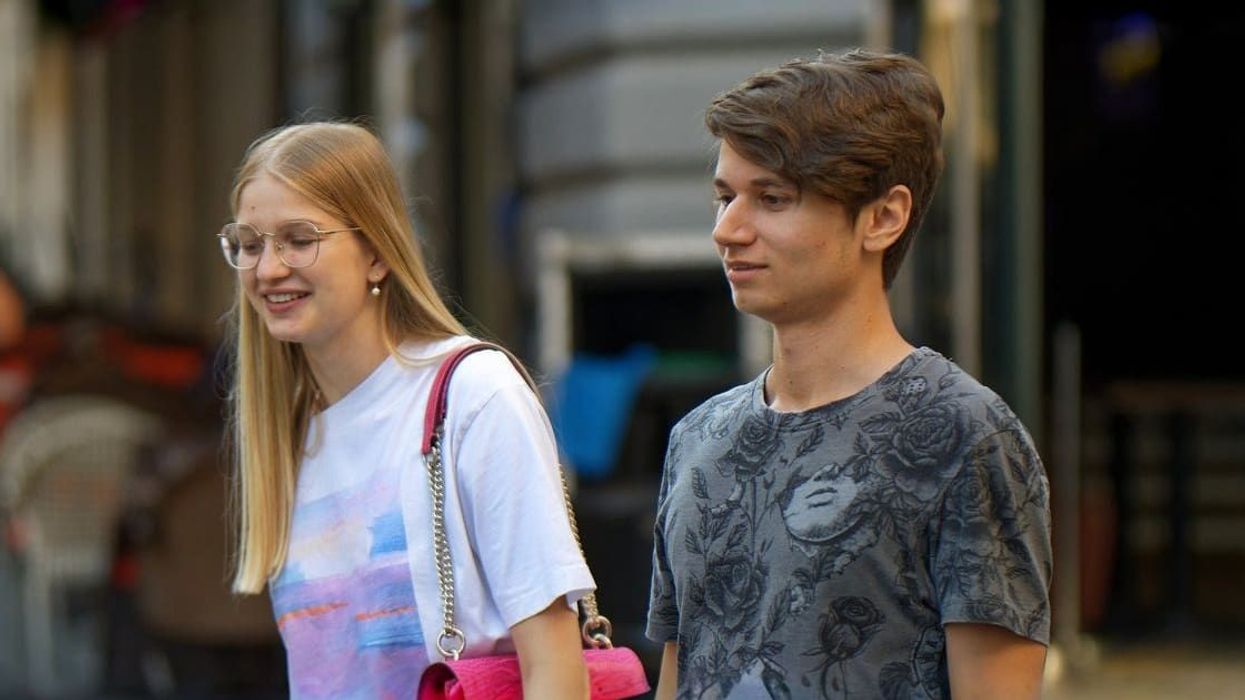


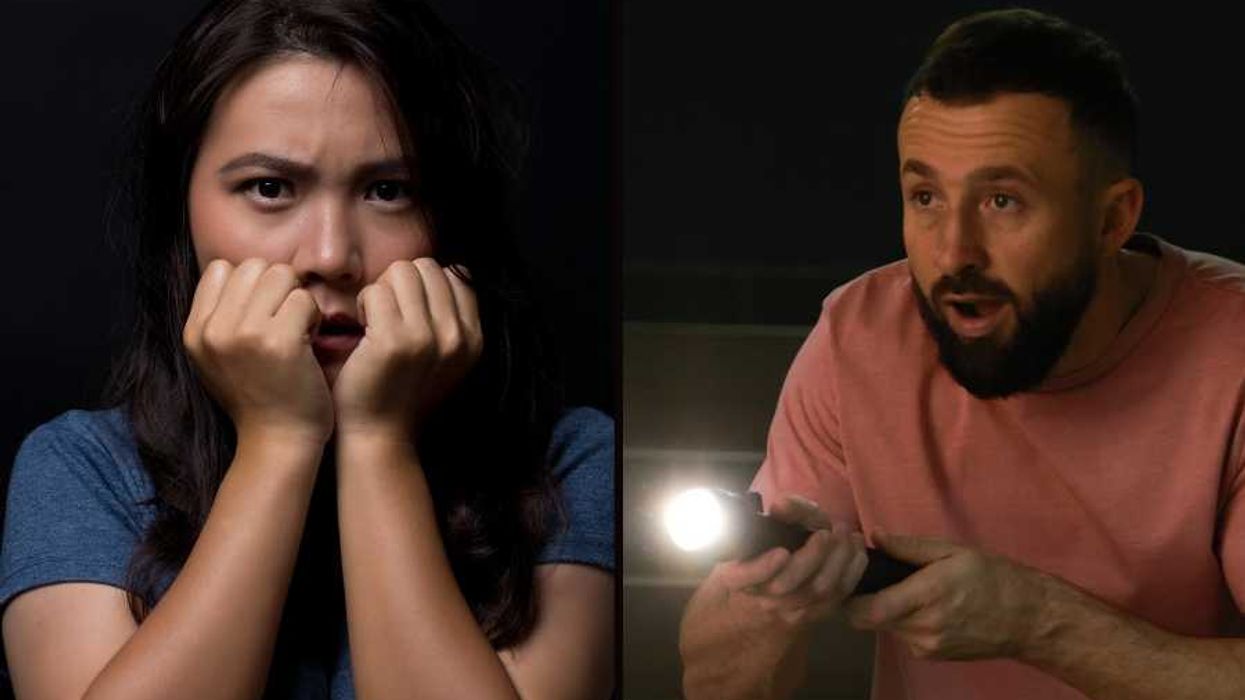
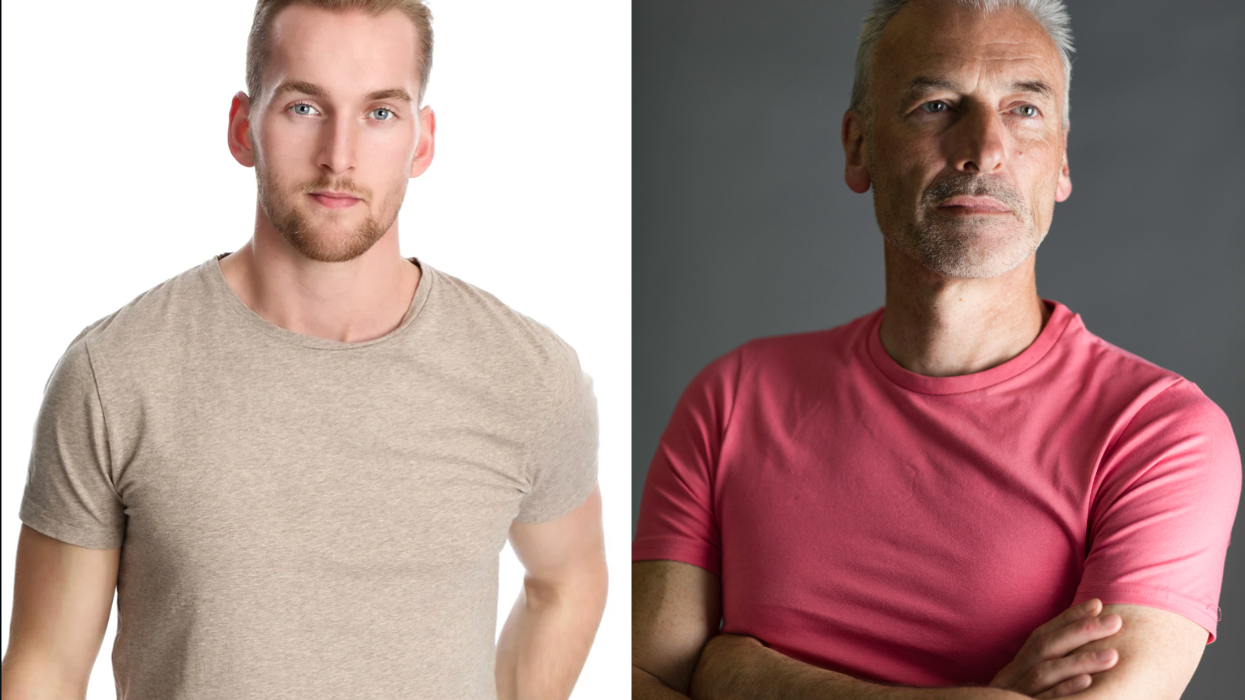
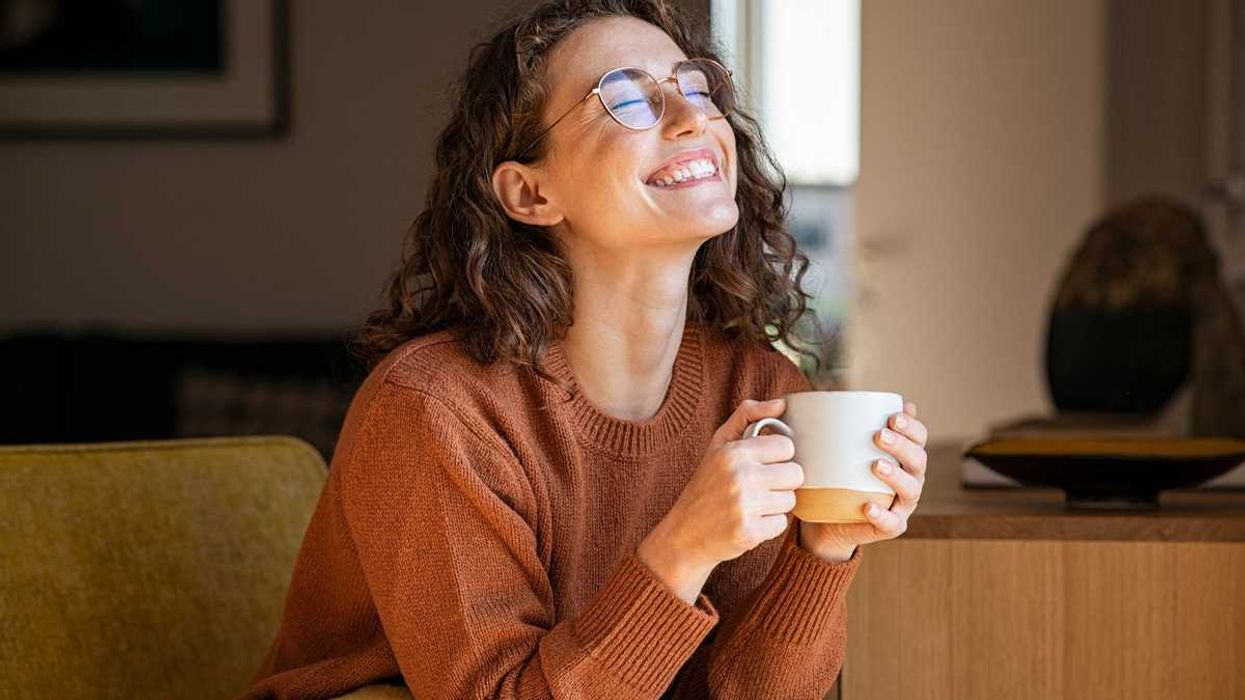
 Woman drinking in the morning air.Photo credit
Woman drinking in the morning air.Photo credit 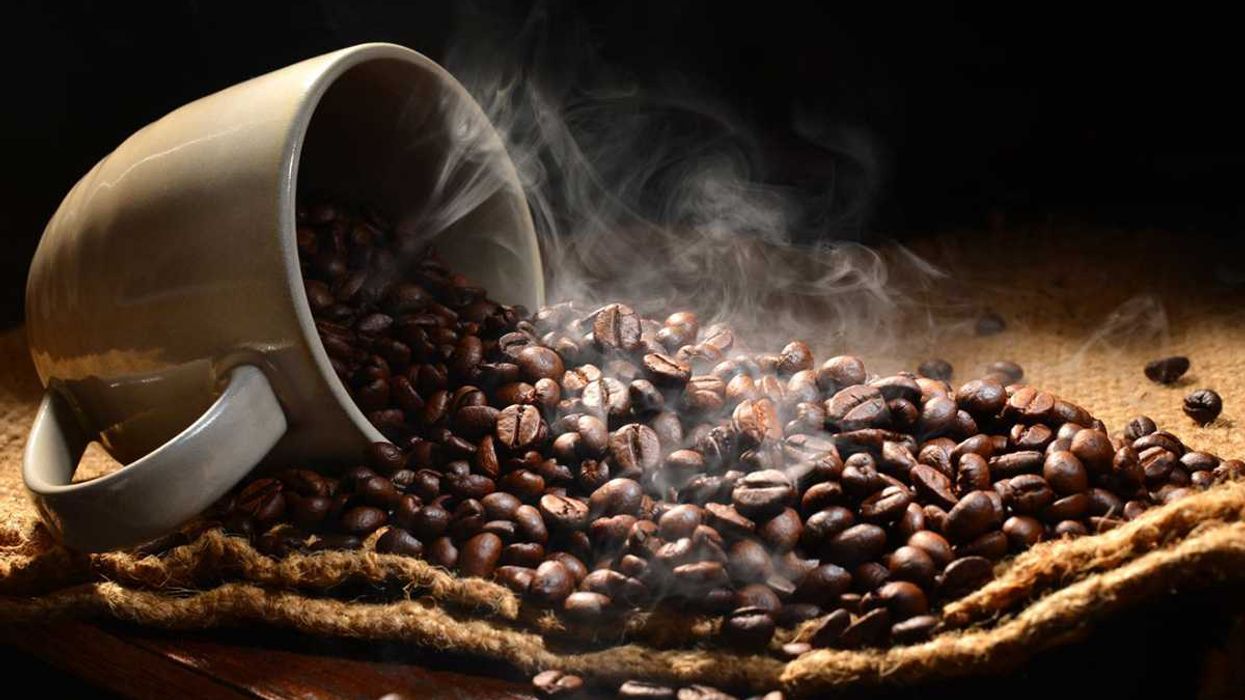 Coffee.Photo credit
Coffee.Photo credit 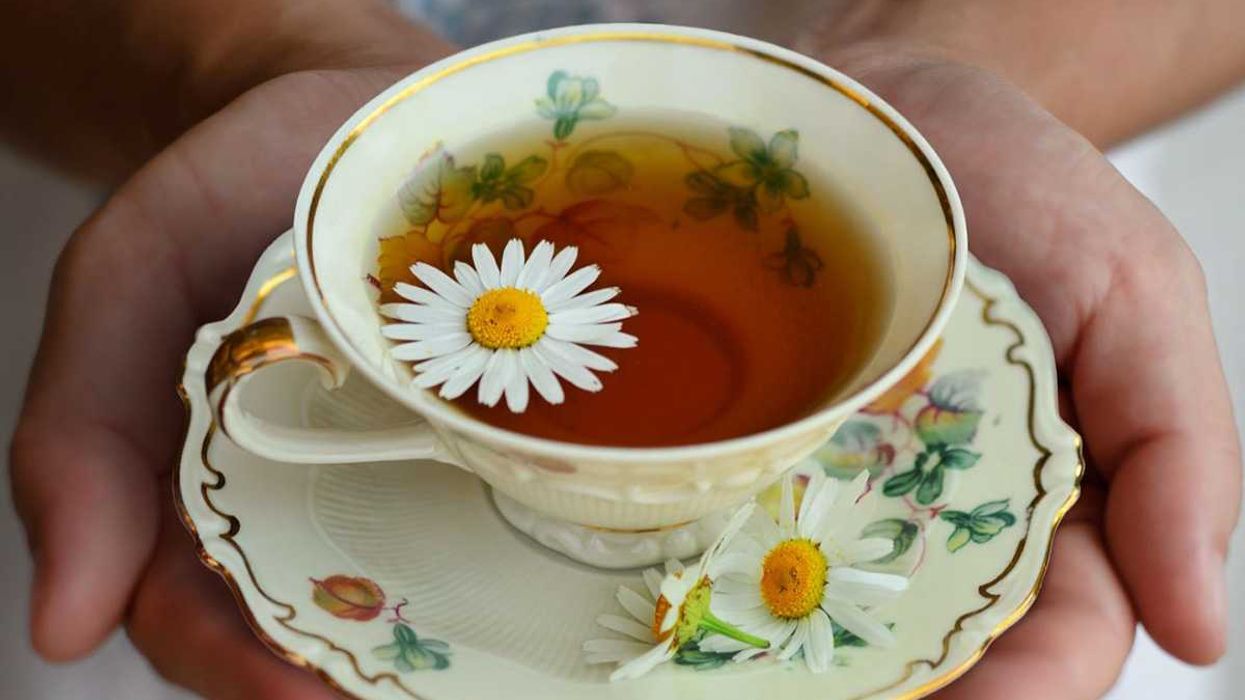 A cup of tea.Photo credit
A cup of tea.Photo credit 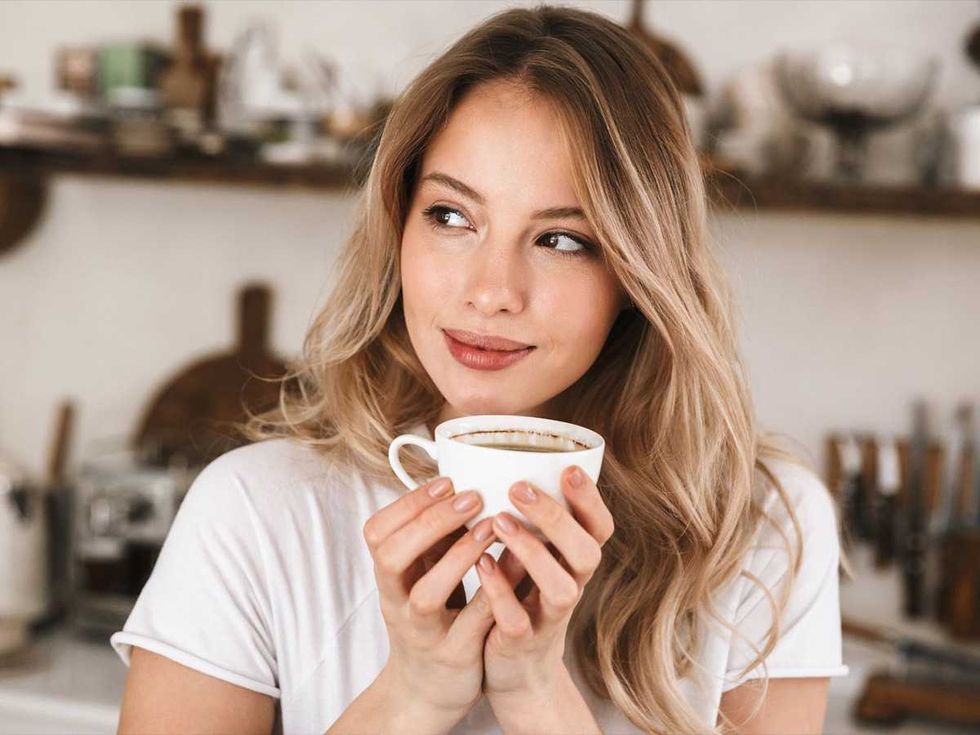 Woman drinks morning brew.Photo credit
Woman drinks morning brew.Photo credit 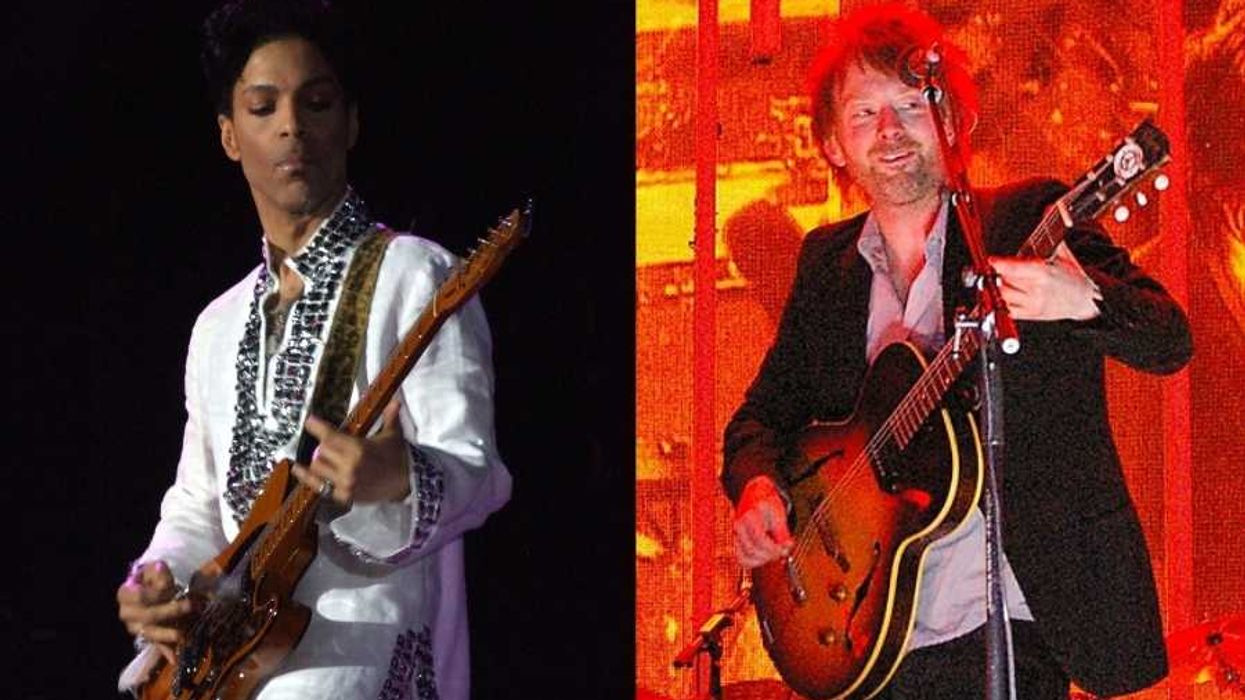
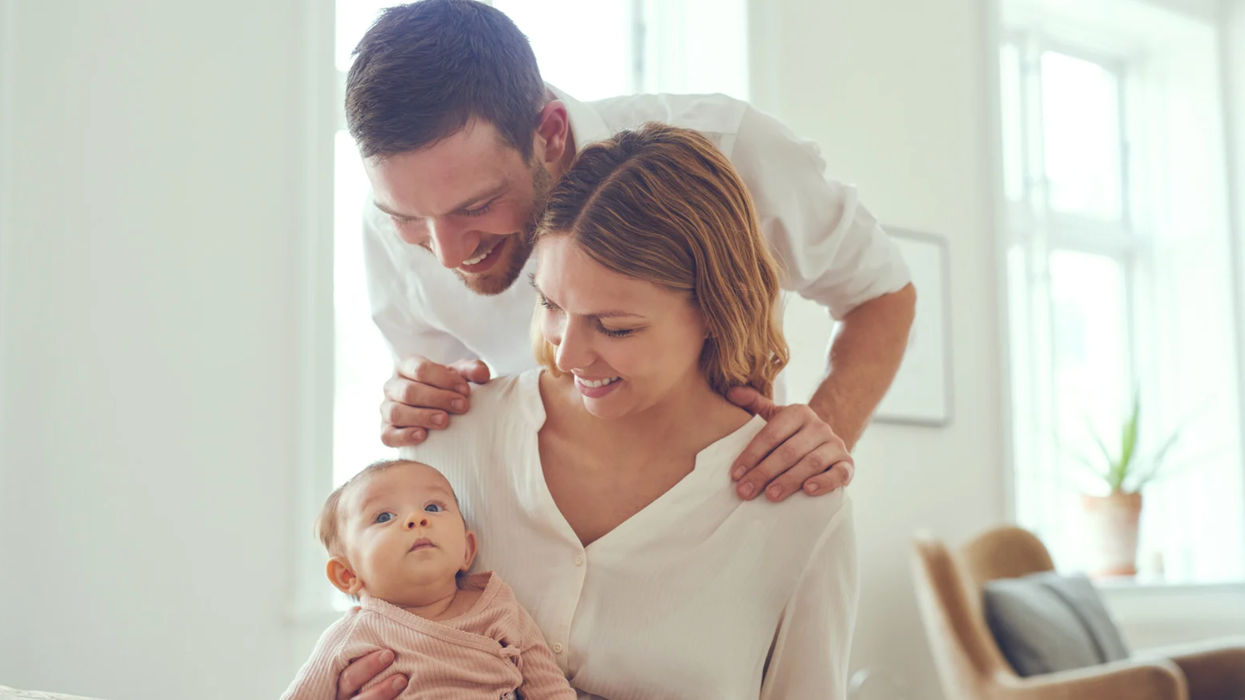
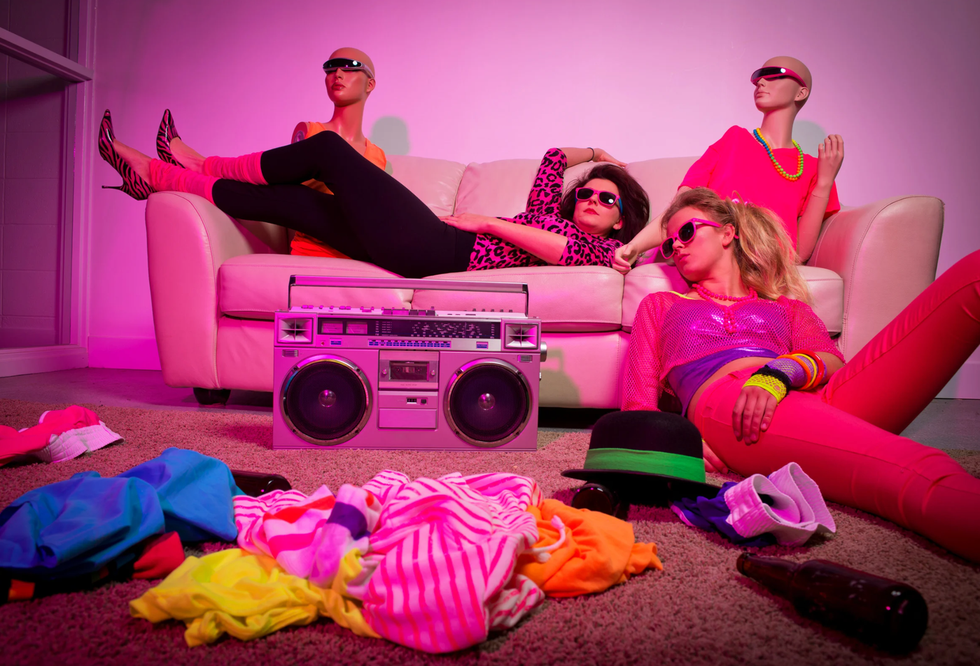 Two young women hang out in a 1980s-themed roomCanva
Two young women hang out in a 1980s-themed roomCanva 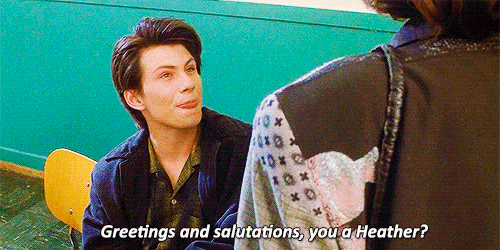 Gif from the movie "Heathers" via
Gif from the movie "Heathers" via 
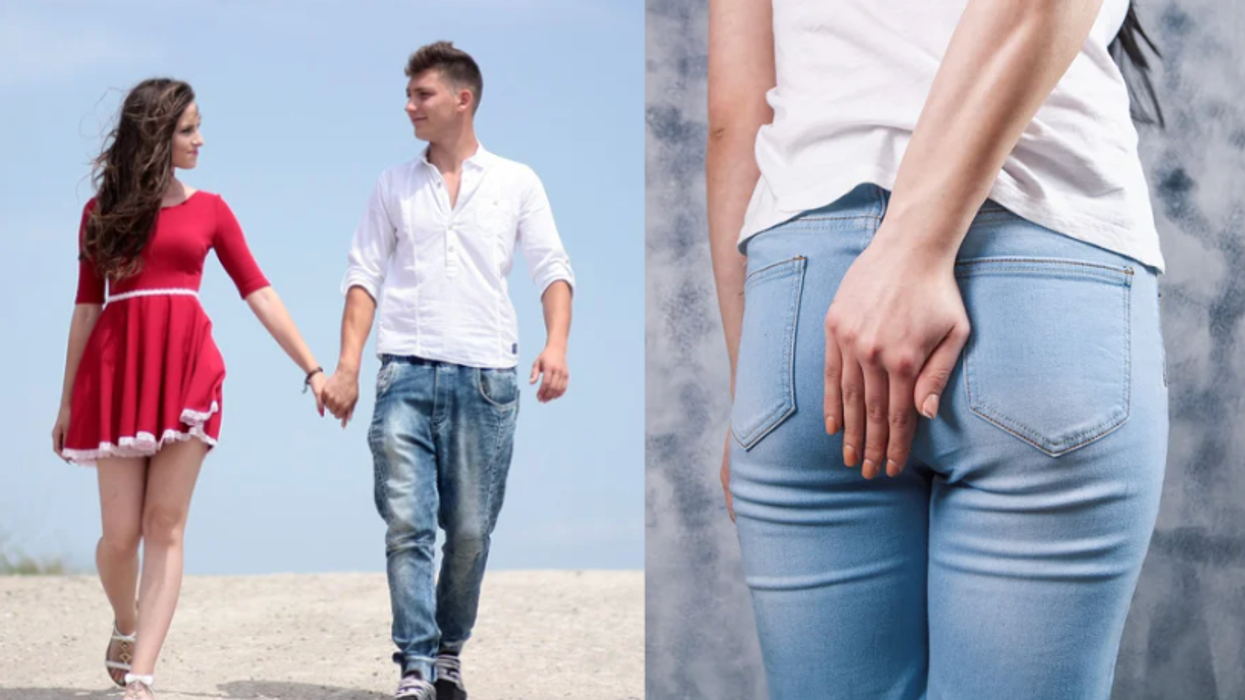
 Pictured: A healthy practice?
Pictured: A healthy practice?